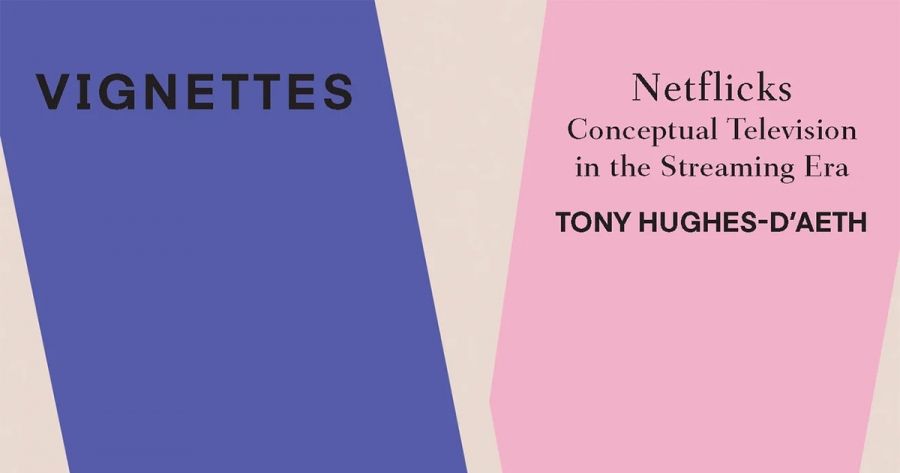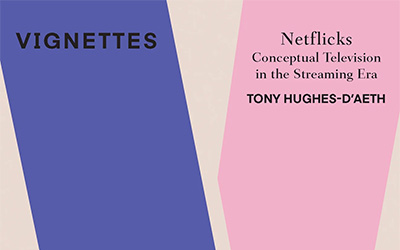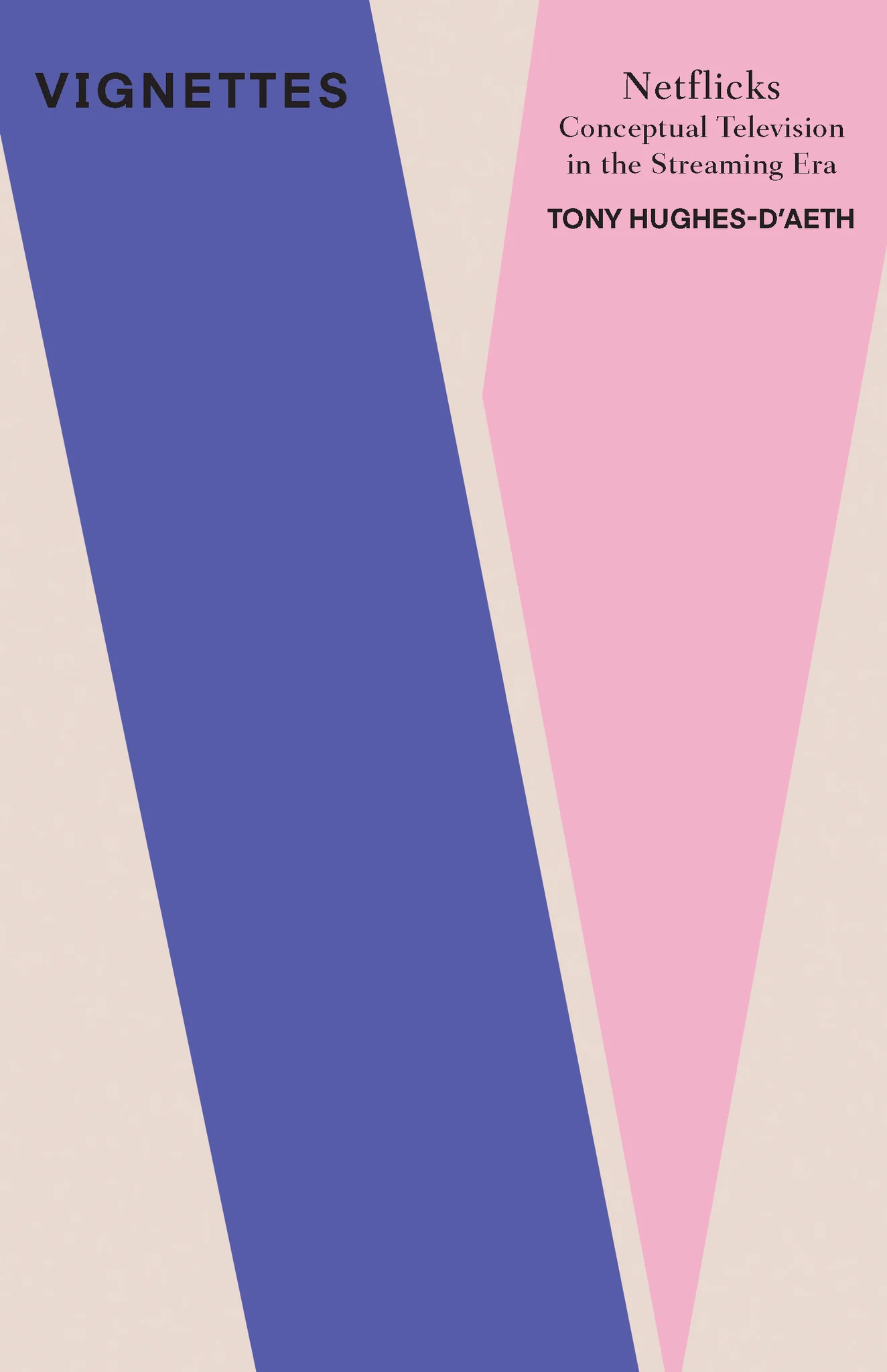
- Free Article: No
- Contents Category: Television
- Review Article: Yes
- Article Title: Upside Downs
- Article Subtitle: A cogent guide to the age of streaming
- Online Only: No
- Custom Highlight Text:
Netflicks is the first book in UWAP’s ‘Vignettes’ series. The series’ brief is to introduce readers to contemporary scholarly thinking about pressing issues of modern life in the format of short, lucid books. Judging from the first iteration, ‘Vignettes’ promises to offer complex and coherent readings of the world we live in now, informed by deep knowledge but wearing its learning lightly. Netflicks is written in accessible prose that invites the reader into the scholarly analysis of television, should they be new to it, with clear and uncomplicated language. When technical concepts are introduced, the author makes sure to provide a definition and to justify his deployment of what might seem to be jargon.
- Featured Image (400px * 250px):

- Alt Tag (Featured Image): Clare Monagle reviews ‘Netflicks: Conceptual television in the streaming era’ by Tony Hughes-d'Aeth
- Book 1 Title: Netflicks
- Book 1 Subtitle: Conceptual television in the streaming era
- Book 1 Biblio: UWA Publishing, $22.99 pb, 120 pp
- Book 1 Cover Small (400 x 600):

- Book 1 Cover (800 x 1200):

Having stressed, however, the readability and availability of the analyses of Netflicks, I also want to acknowledge its intellectual incisiveness. The book asks us to consider whether the streamed series constitutes a new televisual genre, not only in the sense of being delivered differently from the network television series of old, but in the larger sense of being governed by a new set of formal rules and refracting the temporalities of the digital age. In the past, we watched television programs at the time set by the network. If we wanted to engage with the show as it was unfurled to the viewer, and as part of the viewing collective, we needed to surrender to the schedule of the programmers, as well as to the advertisements that were spliced into the episode. Since the advent of streaming, however, often the entire series of a program is deposited on the streaming site at once. Episodes need not be a set length. And a series itself can be any number of episodes. We are liberated, then, to binge or nibble as we see fit.
Hughes-d’Aeth suggests that this shift of conveyance does not produce old wine in new bottles, whereby the product remains the same and is merely rolled out on a new platform. He considers the affordances of digital delivery aesthetically and conceptually, arguing that the television of the streaming age amplifies certain types of narratives or anti-narratives, and also ruminates upon the existential dread that attaches to global capitalism and climate crisis. He focuses on streaming dramas that he describes as ‘conceptual television’. Conceptual television, in his telling, refers to dramas that are premised upon an elaborate concept. Under this rubric, he considers programs that are structured around notions of dystopia, amnesia, time loops, and disassociation. To be sure, Hughes-d’Aeth is not arguing that any one of these notions are definitively new; he points out the longer screen history of each. Instead, he argues that these devices have recurred with intensifying frequency in the short history of streaming. For dystopia, think of the barren world of The Walking Dead or the repressive United States of The Handmaid’s Tale. Under amnesia, he explores the dislocation produced by fractured memories in I May Destroy You and Homecoming. To explore the ludic possibilities of time-loop narratives, the book considers Russian Doll and The Rehearsal. Finally, for disassociation, Hughes-d’Aeth looks at shows such as Severance and Counterpart, in which characters actively decide to sever their consciousness of real life.
 Tony Hughes-d'Aeth (UWA Publishing)
Tony Hughes-d'Aeth (UWA Publishing)
Finally, Hughes-d’Aeth lingers on the Netflix hit Stranger Things, in which a group of teenagers stumble upon the ‘The Upside Down’, a nefarious other world populated with monstrous creatures and villainous scientists. Stranger Things is part teenage drama and part horror. The program combines a profound sense of the uncanny with the quotidian turmoil of youthful love and enmity, set in the familiar 1980s suburban landscape of E.T. and The Goonies. As Hughes-d’Aeth explains, Stranger Things is the text par excellence of this new televisual landscape. In Stranger Things, life is banal and normal and small, but haunted and stalked by the Upside Down, a place that is proximate but elusive at the same time. As viewers, we are always uneasy for our teenage protagonists, even when they are blithe. We know that their world is governed by malign, unseen, irruptive forces.
Netflicks, with its deft prose and helpful taxonomies, offers the reader an explanation for their own unease as a television viewer in the streaming age. The programs explored in the book mirror our own experience of living in a world governed by opaque algorithms and impossibly complex supply chains. Tony Hughes-d’Aeth has offered a generous, perspicacious guide to viewing in the shadow of our myriad Upside Downs.


Comments powered by CComment